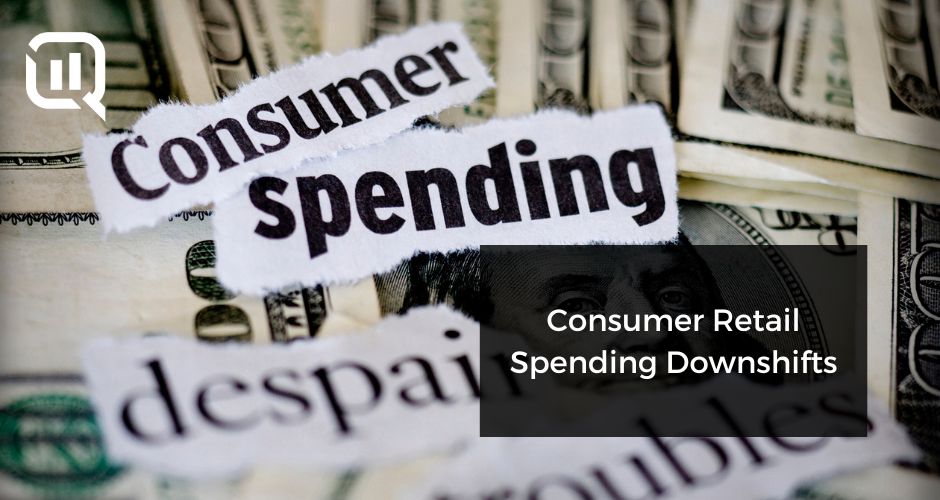Consumer Retail Spending Growth Slows Down
The home renovation and quality of life upgrade purchases that surged during the pandemic have cooled off substantially in recent months, as a result, high price tag consumer goods like major appliances and furniture are remaining on store floors. This, according to MarketWatch, was one of the major takeaways from the Q1 reports of the nation’s leading retailers. This discretionary spending drop has also affected spending on jewelry, which was one of the few industries to actually see more sales and customer growth during the pandemic.
If home goods that are too heavy to lift without throwing out your back and precious gems that saw a global surge just a few years ago are sitting stagnant in inventory, what actions should we expect from the retailers responsible for selling them?
Promotions
More aggressive discounting strategies are likely, as the carrying costs of these goods, especially home appliances and furniture, are much higher because of their size. As the discounting and promotion efforts heat up between retailers, consumers will become much more savvy when it comes to their purchases. Since inflation is steadily reducing the purchasing power of American households, consumers are beginning to pay closer attention to increased prices. When it comes to required purchases like a new laundry machine or sectional upgrade, consumers are going to be much more choosy about which store to buy from.
Shift to White Labeled Products
One other tool a retailer wields when a product category is increasingly price elastic is white labeling. Since private brands can be produced and marketed more cheaply, big box stores like Costco and Best Buy can offer in-house brands at reduced prices to sway customers who are balking at current price tags. Reduced costs aren’t the only reason stores are investing in building private brands. The margin opportunities from this strategy are massive, with private label brands typically earning 10% more margin than standard national brand sales.
Target, for example, has been such a relentless champion of white labeled goods in the last decade, that a shopper has to try not to check out without at least one of Target’s many own brands. The sponsor for both Minnesota’s basketball and baseball arenas told investors recently that they were going to practice more caution when ordering and stocking discretionary items, and lean harder into their private label practice. Even after establishing over 45 owned brands, Target continues to push into more private differentiation, which demonstrates the substantial benefits to the private label strategy.
Competitor Response
More aggressive promotional strategies and increased private brand products disrupt the traditional competitive playing field for national retailers. Previously a retail chain could focus on maintaining parity on national brands, perhaps setting prices around 20% above cost, and set their national brands pricing strategy on autopilot. But as the retail industry continues to be crunched by inflation and downstream consumer preferences, pricing and market analysis will need to be upgraded. Retailers will need to keep a pulse on their competitors’ discounting strategies to ensure their slow moving appliances and furniture aren’t priced out of a consumer’s buying decisions. This will involve more investment in competitive intelligence tools, and more strategic promotional practices.
Additionally, as retailers beef up their private brand assortment in order to protect margins, there will have to be more consideration given to price comparisons between different private brands. In the future there will be less comparison between two Samsung dishwashers sold at Best Buy and Walmart, and more consumer consideration between the Best Buy brand and the Walmart brand. These white label comparisons make price analysis more difficult as UPC won’t be the helpful link between products, meaning other product attributes will be reviewed to determine which white label products carried by competitors should be reviewed against your own.
In Conclusion
Overall, the current reduced demand situation calls for retailers to adopt more strategic promotional practices, invest in competitive intelligence tools, and rethink their pricing and market analysis. By doing so, they can navigate the challenges posed by surplus inventory and changing consumer preferences while maintaining their margins and attracting price-conscious customers.
I would love to start a conversation around the present retail challenges detailed in this blog. Email me at cschneider@ql2.com.

Connor Schneider
Helping product/merchandising teams identify pricing gaps to maximize sales and profitability.

